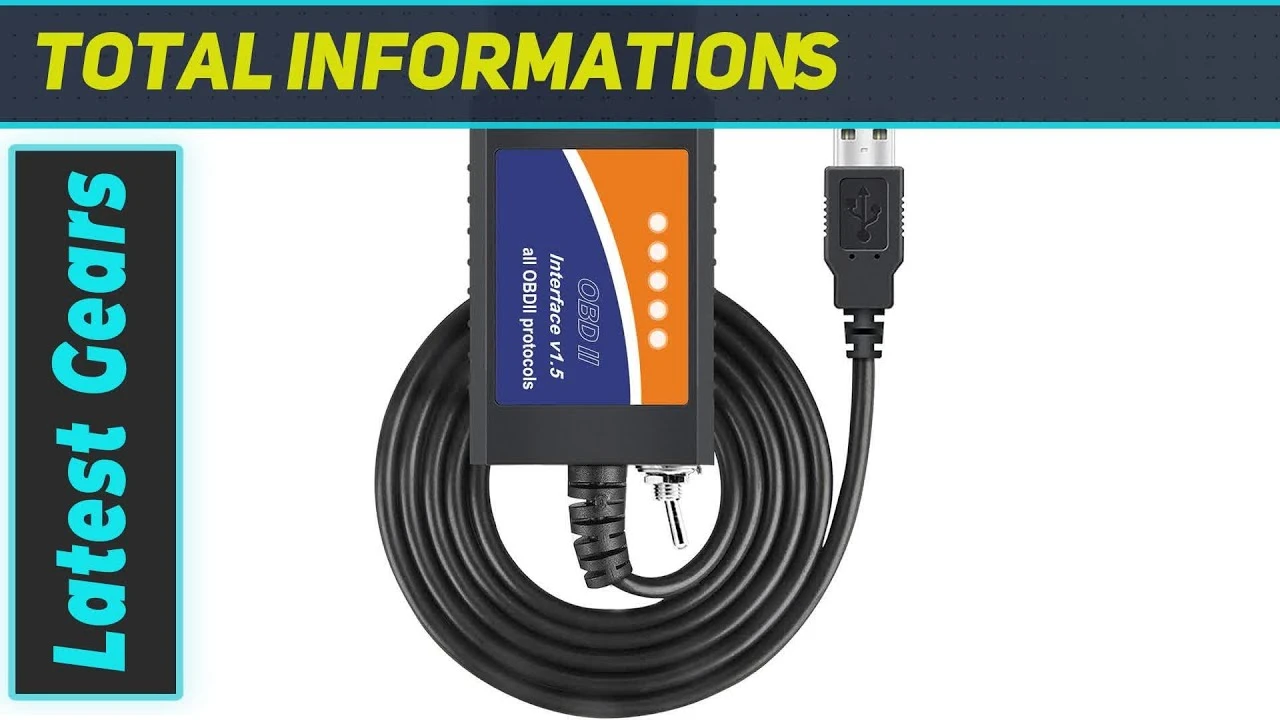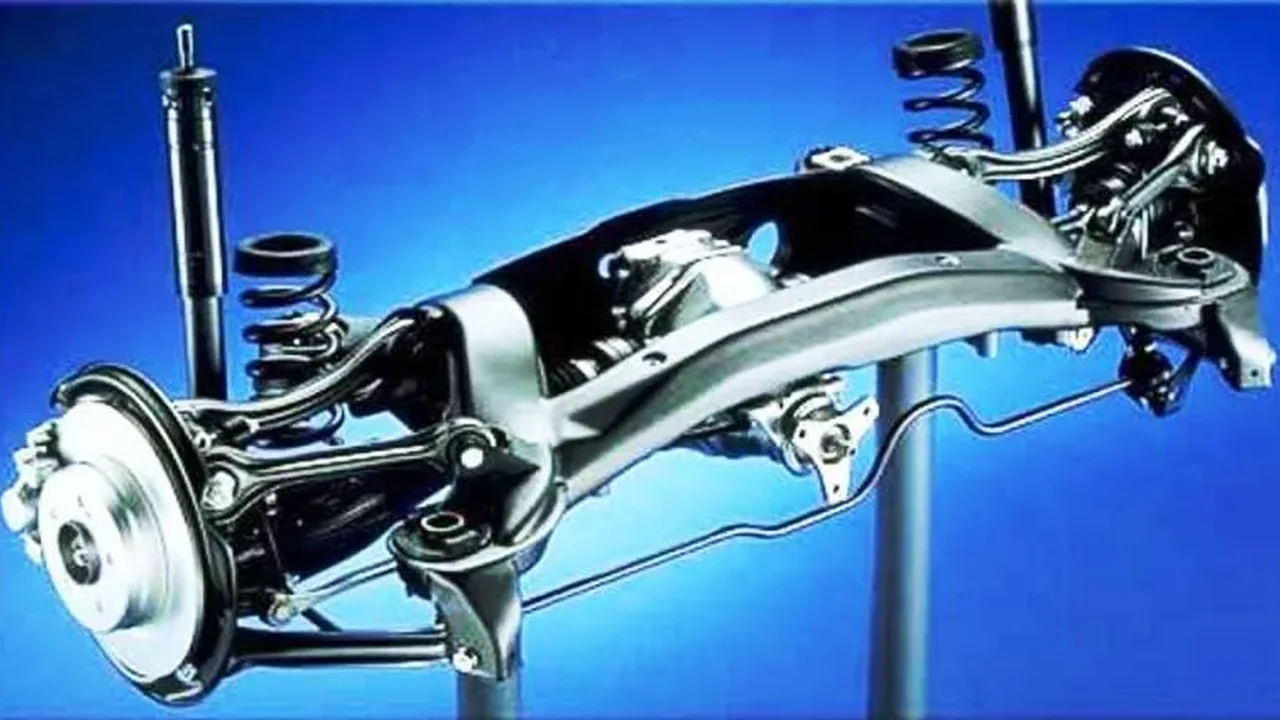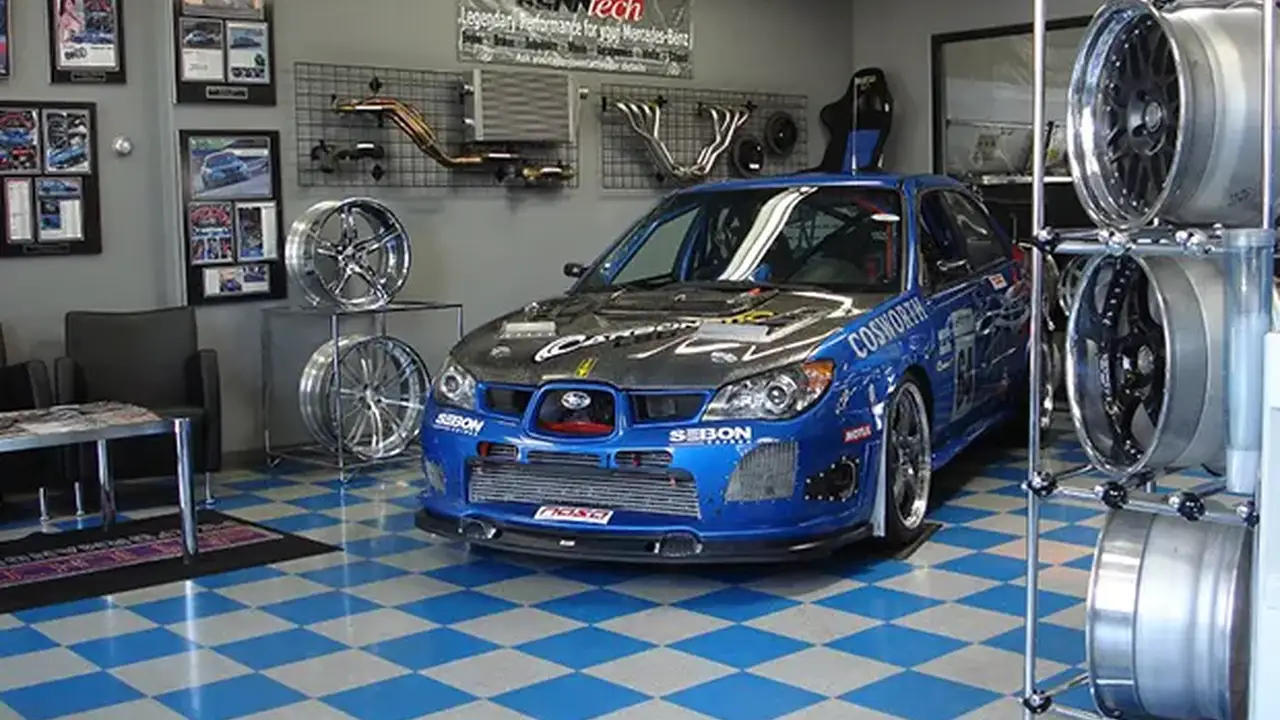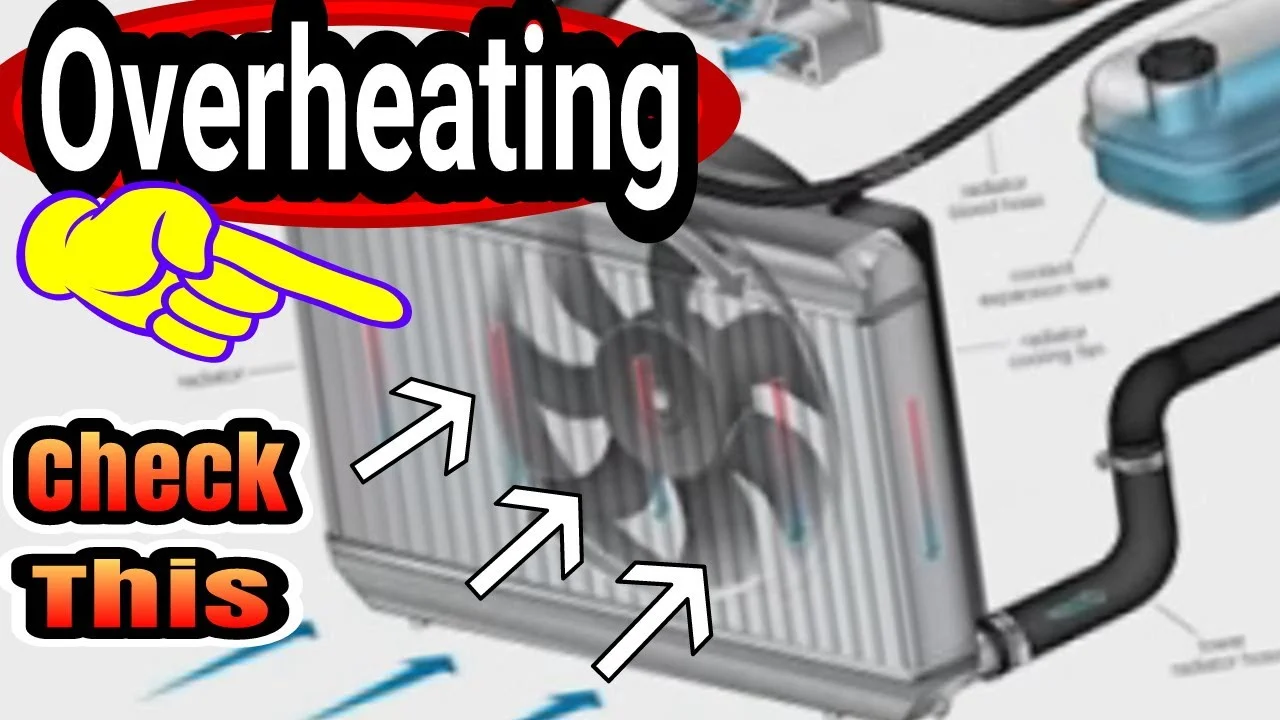Nitrous Oxide Tuning: Safety Tips & Performance Secrets

Nitrous oxide can deliver a significant power boost but it requires careful tuning This guide covers safety precautions optimal injection strategies and other nitrous tuning secrets Learn how to safely and effectively use nitrous oxide
Understanding Nitrous Oxide Injection The Basics of Nitrous Tuning
Alright let's dive into the world of nitrous oxide also known as NOS N2O or giggle gas It's a quick way to add serious horsepower to your engine but it's not something to be taken lightly Think of it like this nitrous is a performance enhancer that demands respect and understanding If you treat it right it'll reward you with a significant power boost If you don't well things can get expensive and potentially dangerous
So what exactly is nitrous oxide and how does it work Basically it's a chemical compound that contains more oxygen than regular air When injected into your engine it allows you to burn more fuel resulting in a much larger explosion and therefore more power The trick is managing that extra power and ensuring everything stays within safe limits That's where tuning comes in
There are two main types of nitrous systems wet and dry A wet system injects both nitrous and fuel while a dry system only injects nitrous relying on the engine's fuel injectors to compensate with additional fuel Each has its own advantages and disadvantages which we'll cover later
Safety First Nitrous Oxide Precautions and Best Practices
Before we get into the fun stuff lets talk safety This is paramount when dealing with nitrous oxide
- Bottle Pressure Keep your nitrous bottle pressure within the recommended range typically around 900-950 PSI Use a bottle warmer if necessary to maintain this pressure but be careful not to overheat it
- Proper Installation Ensure all components are properly installed and tightened Use high-quality hoses and fittings designed for nitrous use Leaks are not your friend
- Fuel System Your fuel system needs to be up to the task of delivering enough fuel to match the nitrous injection Insufficient fuel can lead to a dangerously lean condition which can cause engine damage
- Spark Plugs Use spark plugs with a colder heat range when running nitrous This helps prevent detonation and pre-ignition
- Monitor Engine Parameters Use gauges to monitor air-fuel ratio AFR exhaust gas temperature EGT and nitrous pressure These gauges will give you real-time feedback on how your engine is responding to the nitrous
- Start Small Begin with a small nitrous shot and gradually increase it as you gain experience and confidence Avoid the temptation to go big right away
- Never Overfill the Bottle Overfilling a nitrous bottle can create a dangerous situation due to pressure changes with temperature variations
- Venting the Bottle Only vent the nitrous bottle when necessary, and do so in a well-ventilated area. Nitrous is an asphyxiant.
Nitrous Oxide Injection Systems Wet vs Dry Nitrous Systems
Now let's compare wet and dry nitrous systems to help you decide which one is right for you
Wet Nitrous Systems
Wet systems inject both nitrous and fuel directly into the intake manifold or through a nozzle before the throttle body This provides a more precise and controlled fuel mixture
Pros- More precise fuel control
- Can be safer than dry systems if properly tuned
- Less reliant on factory fuel system limitations
- More complex installation
- Potential for uneven fuel distribution if not properly designed
- Can be more expensive than dry systems
Dry Nitrous Systems
Dry systems inject only nitrous into the intake manifold relying on the engine's existing fuel injectors to add the extra fuel This is often a simpler and less expensive option
Pros- Simpler installation
- Less expensive
- More reliant on the factory fuel system which may be a limiting factor
- Higher risk of a lean condition if not properly tuned
- Fuel distribution can be less precise
Nitrous Tuning Secrets Maximizing Performance Safely
Alright now for the juicy stuff how to actually tune for nitrous and get the most power without blowing up your engine
Air Fuel Ratio AFR
The air-fuel ratio is critical when running nitrous Aim for a slightly richer AFR than you would normally run without nitrous A good starting point is around 1251 AFR but this can vary depending on your engine and nitrous setup Monitor your AFR closely with a wideband O2 sensor
Ignition Timing
Retarding ignition timing is essential when running nitrous This helps prevent detonation and pre-ignition Start by retarding timing 2-4 degrees for every 50 horsepower of nitrous and adjust from there Monitor your engine for any signs of knock or detonation
Fuel Pressure
Ensure your fuel pressure is adequate to supply the extra fuel needed when the nitrous is activated A fuel pressure regulator can help maintain consistent fuel pressure
Spark Plugs
As mentioned earlier use spark plugs with a colder heat range This helps prevent the spark plugs from becoming too hot and causing pre-ignition Also make sure your spark plugs are in good condition Replace them regularly
Nitrous Controller
A nitrous controller can provide more precise control over the nitrous injection This allows you to ramp in the nitrous gradually and prevent sudden surges of power that can overwhelm your engine
Progressive Nitrous Controller
Progressive nitrous controllers offer the most sophisticated level of control. They allow you to gradually increase the nitrous injection over time, based on RPM, throttle position, or other engine parameters. This can significantly improve traction and reduce the risk of engine damage.
Product Recommendations Best Nitrous Kits and Components
Here are a few product recommendations to get you started Remember to research and choose components that are compatible with your specific vehicle and power goals
Nitrous Oxide Systems NOS
NOS is a well-known brand in the nitrous industry They offer a variety of kits for different applications including wet dry and direct port systems
NOS Sniper Wet Nitrous Kit- Description This kit is a popular choice for beginners It includes everything you need to get started with a wet nitrous system
- Features Adjustable horsepower settings easy installation
- Price Around $400
- Use Case Great for street cars looking for a moderate power boost
- Description A simple and affordable dry nitrous kit
- Features Easy to install suitable for engines with upgraded fuel systems
- Price Around $300
- Use Case Good for drag racing applications where simplicity and cost are important
Nitrous Express NX
NX is another reputable brand known for their high-quality nitrous systems and components
Nitrous Express EFI Wet Nitrous System- Description Designed for electronic fuel injected EFI engines
- Features Precise fuel and nitrous delivery advanced control options
- Price Around $600
- Use Case Ideal for modern EFI vehicles seeking significant power gains
- Description A high-performance plate system for serious racers
- Features Even distribution of nitrous and fuel optimized for maximum power
- Price Around $800
- Use Case Best for high-horsepower applications and dedicated race cars
Nitrous Controllers
MSD Digital Progressive Nitrous Controller- Description A versatile and programmable nitrous controller
- Features Allows for precise control over nitrous injection based on RPM throttle position and other parameters
- Price Around $450
- Use Case Essential for maximizing traction and preventing engine damage in high-horsepower applications
- Description A compact and affordable progressive nitrous controller
- Features Easy to program and offers basic progressive control
- Price Around $300
- Use Case A good option for those new to progressive nitrous control
Nitrous Tuning Troubleshooting Common Issues and Solutions
Even with careful tuning problems can still arise Here are some common issues and how to address them
Engine Misfires
Cause Lean condition spark plug issues ignition timing problems Solution Check AFR ensure adequate fuel delivery replace spark plugs adjust ignition timingDetonation Knocking
Cause Too much nitrous injection advanced ignition timing lean condition Solution Reduce nitrous shot retard ignition timing richen AFRLow Nitrous Pressure
Cause Low bottle pressure cold bottle temperature leaks Solution Use a bottle warmer check for leaks refill nitrous bottleErratic Nitrous Delivery
Cause Faulty nitrous solenoid clogged nozzle Solution Replace nitrous solenoid clean or replace nozzleFinal Thoughts Nitrous Oxide Performance and Responsibility
Nitrous oxide can be a fantastic way to boost your engine's performance but it's crucial to approach it with respect and understanding Safety is paramount Proper tuning is essential And always remember to drive responsibly on the street Keep the nitrous for the track or controlled environments
With the right knowledge and precautions you can safely and effectively harness the power of nitrous oxide and take your engine's performance to the next level Happy tuning and stay safe
:max_bytes(150000):strip_icc()/277019-baked-pork-chops-with-cream-of-mushroom-soup-DDMFS-beauty-4x3-BG-7505-5762b731cf30447d9cbbbbbf387beafa.jpg)






